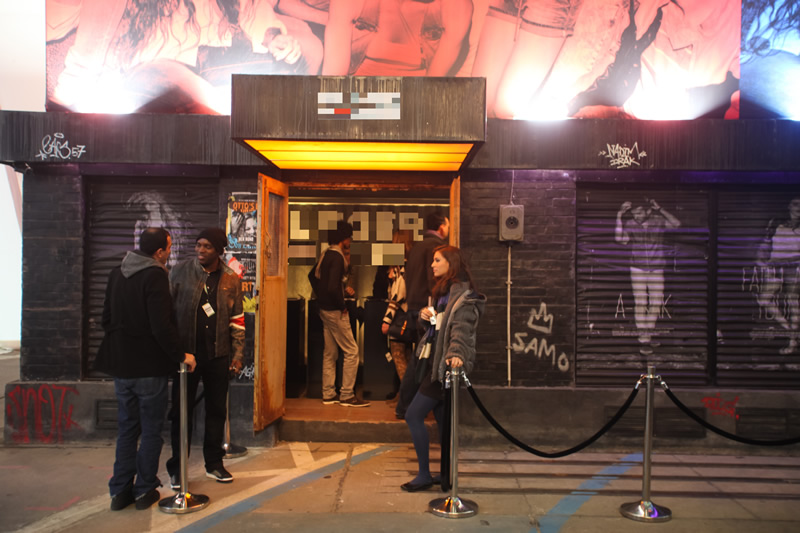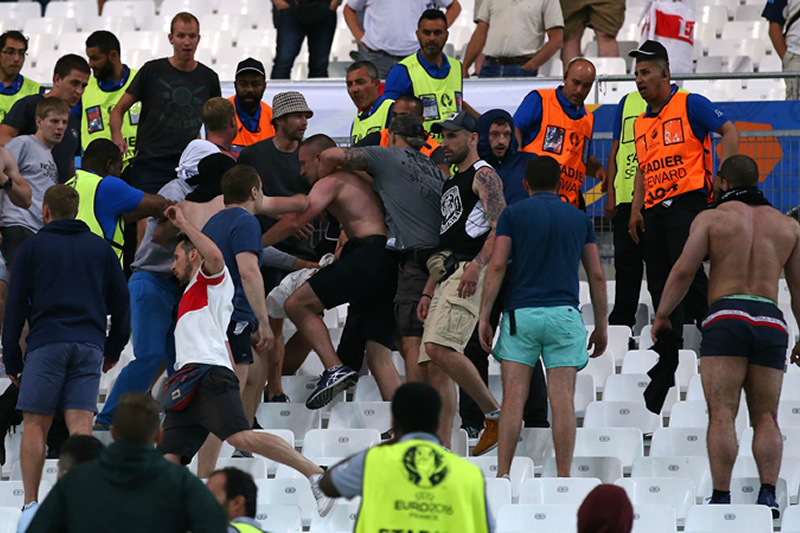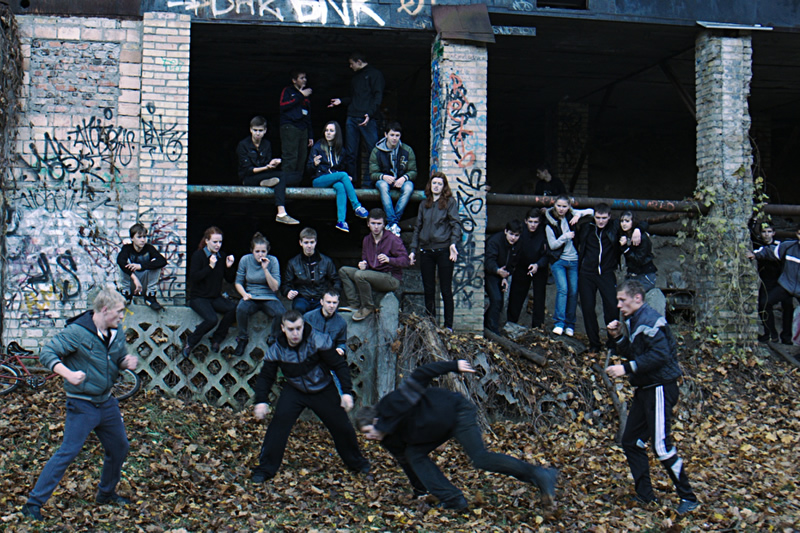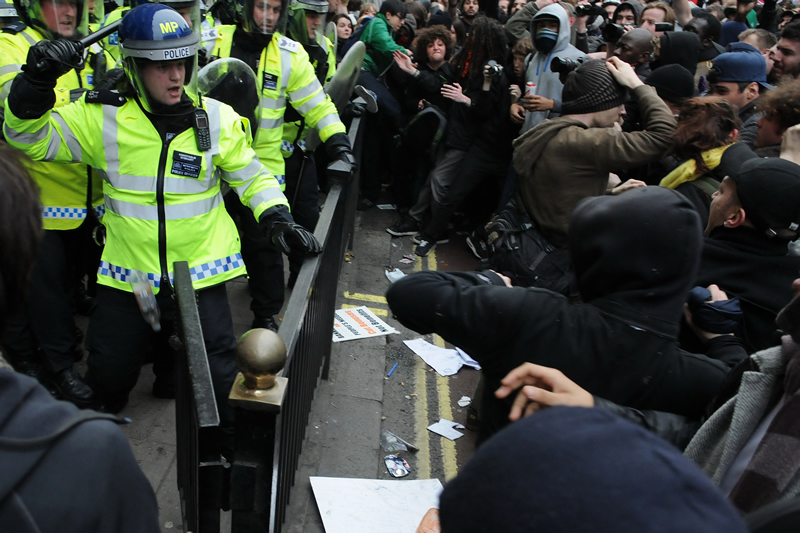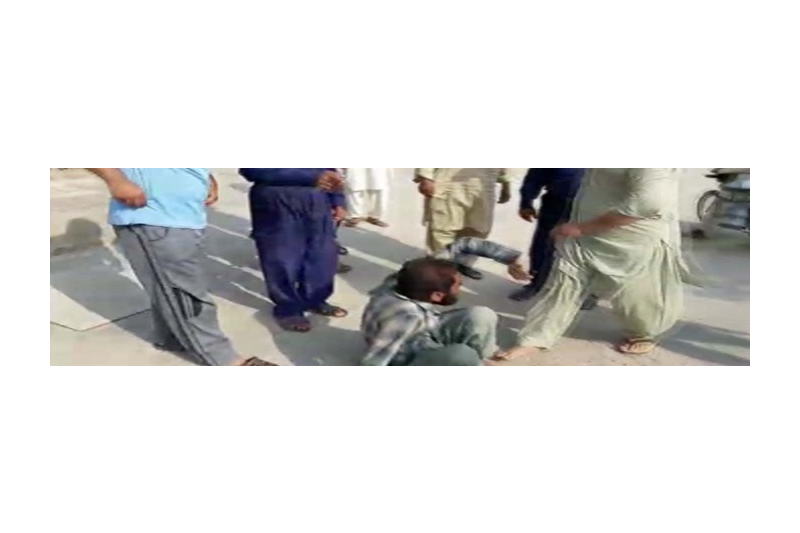Reliable data of naturally occurring incidents
Little research uses CCTV footage, and to our knowledge this study was one of (if not the) first to study contested encounters between law enforcement and citizens. Research based on video observations , rather than what we are told, allows us to analyse timing of actions, and to understand what goes on before the conflict goes off in these encounters. Furthermore, the possibility to rewind and watch with multiple researchers makes the method more reliable than observations on-site. If researchers ride with the police (fieldwork), they are prone to influence the outcomes and risk reducing the validity of the data, or they might be biased in their own attention and as such be subjective in their interpretations of what is going on. Additionally, if they talk with officers, they risk getting biased answers. The use of force and violence towards officers has in the recent years received much scientific and societal attention. Therefore, having valid and reliable data of naturally occurring incidents is important to move forward in understanding what drives the force and violence in such encounters.
What makes police use force?
The findings were largely in line with the expectations: the way citizens act matters a lot for whether officers use of force, and for the kind of force they use. We see that people who argue with police officers are more likely to be subjected to force, but that the force severity level remains low. Typically, police will grab and move, hold or otherwise block the citizens when they act disrespectful or hostile. We also saw, like expected, that when citizens escalate their “bad” behaviors, police officers did the same.
Use more non-verbal calming gestures
The researchers also found that officers, generally, used few non-verbal calming gestures. The researchers saw that the officers in some situations would make commands and be quite decisive, without necessarily trying to calm down an angry citizen with their body language. The researchers propose to focus on such behaviors in training of conflict management as integral part of attaining citizens’ compliance. Since other research has shown that higher level force is almost always preceded by low level force, it might be useful to apply non-verbal calming gestures as a means of cutting off escalation processes before they ‘really’ start.
Input for realistic scenario-based training
The researchers provide a behavior inventory (‘ethogram’) of conflict behaviors, empirically describing what an ‘bad attituded’ citizen does. This inventory can be used, combined with the finding that officers could use more non-verbal techniques, to make realistic scenario-based training, for example through virtual reality, where officers are prompted to react non-verbally to ‘difficult’ citizens. Following an open-science philosophy, this ethogram is available for everyone to access, and researchers and practitioners alike can use, scrutinize and further develop it as more research becomes available.
Publication details and further reading
Sunde, H. M, Weenink, D. & Lindegaard, M. R. (2023) Revisiting the demeanour effect: a video-observational analysis of encounters between law enforcement officers and citizens in Amsterdam. Policing and Society.


